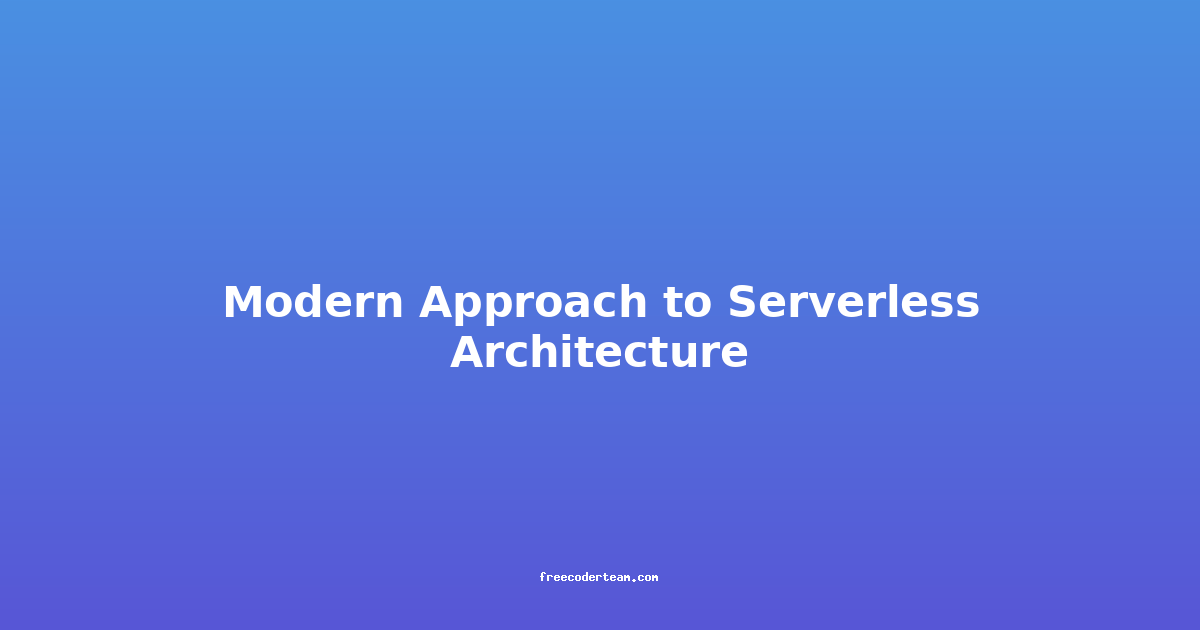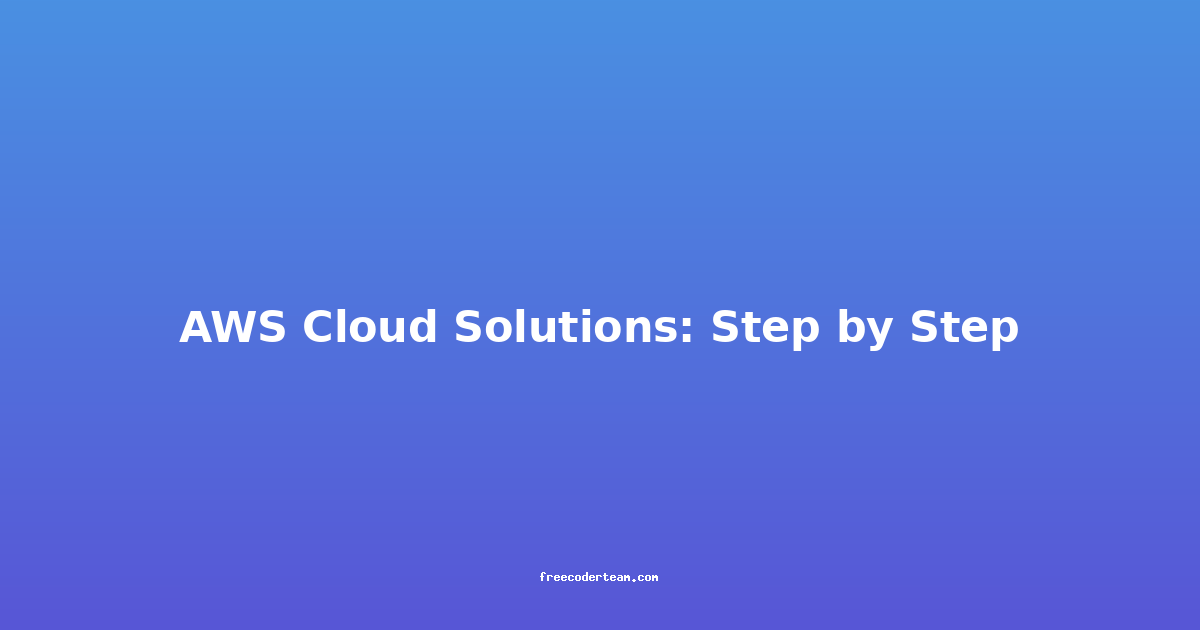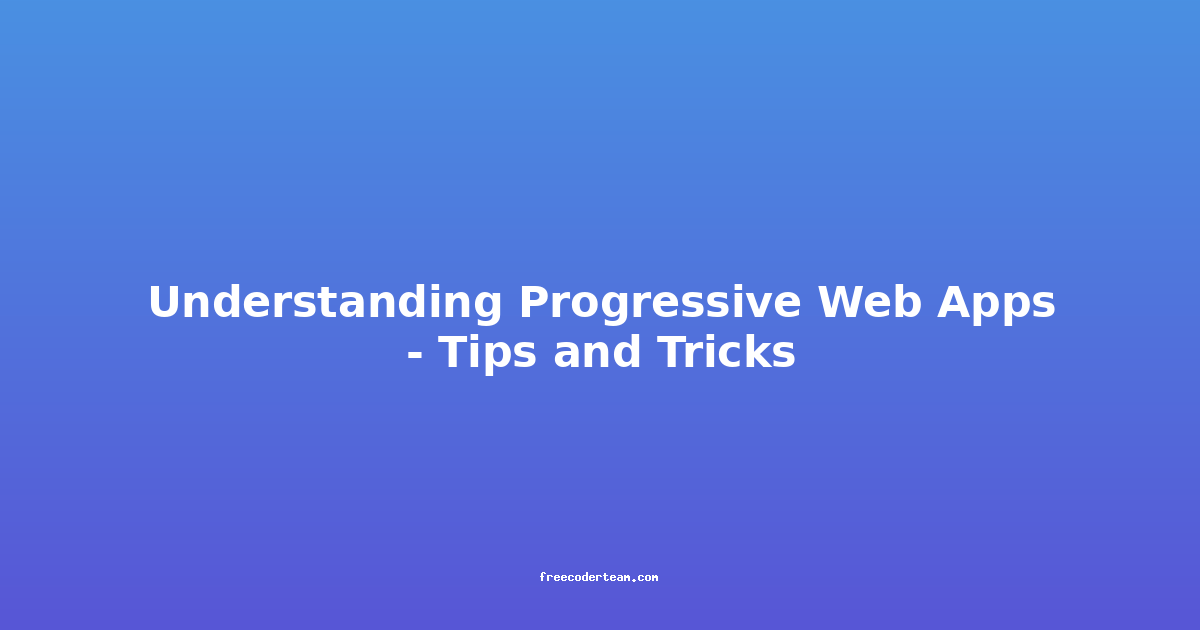Modern Approach to Serverless Architecture: A Comprehensive Guide
Serverless architecture has revolutionized the way developers build and deploy applications. It abstracts away the concept of servers, allowing developers to focus solely on writing code and not worry about infrastructure management. In this blog post, we’ll explore the modern approach to serverless architecture, including its key components, best practices, and practical examples.
Table of Contents
- Introduction to Serverless Architecture
- Key Components of Serverless Architecture
- Advantages of Serverless Architecture
- Modern Use Cases
- Best Practices for Serverless Development
- Practical Example: Building a Serverless API
- Challenges and Considerations
- Conclusion
Introduction to Serverless Architecture
Serverless architecture is a cloud computing model where the cloud provider dynamically manages the allocation and provisioning of servers. Instead of managing servers, developers write functions that are triggered by events (e.g., HTTP requests, database changes, or API calls). These functions are executed in a stateless, ephemeral manner, and the infrastructure is automatically scaled based on demand.
The term "serverless" doesn’t mean there are no servers; it simply means developers don’t have to manage them. This abstraction simplifies operations and reduces costs, as you only pay for the compute resources you use.
Key Components of Serverless Architecture
1. Function-as-a-Service (FaaS)
FaaS is the core of serverless architecture. It allows developers to deploy individual functions that are executed in response to events. Popular FaaS providers include:
- AWS Lambda
- Google Cloud Functions
- Azure Functions
- IBM Cloud Functions
2. Event-Driven Architecture
Serverless applications are often built around event-driven principles. Events can be triggered by:
- HTTP requests (API Gateway)
- File uploads (S3, Google Cloud Storage)
- Database changes (DynamoDB, Firestore)
- Timer-based events (Scheduled tasks)
3. Backend Services
Serverless architectures often rely on managed backend services for:
- Database: DynamoDB, Firestore, MongoDB Atlas
- Storage: S3, Google Cloud Storage
- API Gateway: AWS API Gateway, Azure API Management
- Authentication: Cognito, Firebase Auth
4. Orchestration Tools
Tools like Step Functions (AWS) or Cloud Workflow (GCP) help coordinate complex workflows by chaining together multiple serverless functions.
Advantages of Serverless Architecture
1. Cost Efficiency
You only pay for the compute resources you use. There are no costs associated with idle servers.
2. Scalability
Serverless applications automatically scale to handle incoming traffic, ensuring high availability and performance.
3. Faster Time-to-Market
By eliminating infrastructure management, developers can focus on building features, leading to faster development cycles.
4. High Availability
Serverless providers handle failover and redundancy, ensuring your application remains available.
Modern Use Cases
1. Real-Time Data Processing
Serverless functions can process real-time data from IoT devices, streaming platforms, or event streams. For example, AWS Lambda can process data from Amazon Kinesis or Kafka.
2. Microservices Architecture
Serverless functions can serve as lightweight microservices, enabling modular and scalable applications.
3. Backend for Mobile Apps
Serverless APIs can power backend services for mobile applications, providing low latency and high scalability.
4. Scheduled Tasks
Serverless functions can be triggered on a schedule to perform batch processing, data backups, or cron jobs.
Best Practices for Serverless Development
1. Design for Event-Driven Systems
Structure your application around events. For example, use a file upload to trigger a function that processes the file.
2. Keep Functions Stateless
Serverless functions should not maintain state. Instead, use managed services like DynamoDB or Redis for state management.
3. Optimize Cold Starts
Cold starts occur when a function is invoked after being idle for some time. To minimize cold starts:
- Use provisioned concurrency (AWS Lambda)
- Keep functions small and lightweight
- Warm up functions periodically
4. Monitor and Debug
Use observability tools like CloudWatch (AWS), Stackdriver (GCP), or Application Insights (Azure) to monitor function performance and logs.
5. Use Managed Services
Leverage managed services for databases, storage, and messaging to reduce operational overhead.
6. Test Locally
Use tools like Serverless Framework or AWS SAM CLI to test functions locally before deploying.
Practical Example: Building a Serverless API
Let’s walk through a practical example of building a simple serverless API using AWS Lambda and API Gateway.
Step 1: Set Up AWS Account
Create an AWS account and set up IAM permissions to manage Lambda and API Gateway.
Step 2: Install Serverless Framework
The Serverless Framework simplifies the process of deploying serverless applications.
npm install -g serverless
Step 3: Initialize a New Project
Create a new serverless project:
serverless create --template aws-nodejs --path my-serverless-api
cd my-serverless-api
Step 4: Update serverless.yml
Configure the serverless.yml file to define your API:
service: my-serverless-api
provider:
name: aws
runtime: nodejs14.x
functions:
hello:
handler: handler.hello
events:
- http:
path: hello
method: get
cors: true
Step 5: Implement the Lambda Function
Create the handler.js file:
module.exports.hello = async (event, context) => {
return {
statusCode: 200,
body: JSON.stringify({
message: 'Hello, Serverless World!',
}),
};
};
Step 6: Deploy the Application
Deploy the serverless API:
serverless deploy
Step 7: Test the API
Use the URL provided in the deployment output to test the API. For example:
curl https://<api-id>.execute-api.<region>.amazonaws.com/dev/hello
Output:
{
"message": "Hello, Serverless World!"
}
Challenges and Considerations
1. Cold Starts
Cold starts can introduce latency, especially for complex functions. Use provisioned concurrency to mitigate this.
2. Vendor Lock-In
While serverless architecture abstracts infrastructure, you may become dependent on a specific cloud provider’s ecosystem.
3. Debugging
Debugging serverless functions can be challenging due to their ephemeral nature. Use logging and observability tools effectively.
4. Cost Management
While serverless is cost-efficient, poorly optimized functions or excessive use of managed services can lead to unexpected costs.
Conclusion
Serverless architecture represents a modern and efficient way to build applications. By leveraging cloud providers’ managed services and event-driven systems, developers can deliver scalable, cost-effective solutions without worrying about infrastructure.
The practical example demonstrated how easy it is to build a serverless API using AWS Lambda and the Serverless Framework. However, it’s essential to follow best practices, such as designing for statelessness and optimizing for cold starts, to ensure a smooth and efficient experience.
As serverless continues to evolve, it will play an increasingly critical role in modern application development. Embrace serverless, and let the cloud handle the heavy lifting so you can focus on what matters most—building great software.
Further Reading
By adopting a modern serverless approach, you can build applications that are scalable, cost-effective, and easy to maintain. Embrace the future of cloud computing today!




